Prey-Capture Strategies of Fish-Hunting Cone Snails: Behavior, Neurobiology and Evolution
- PMID: 26397110
- PMCID: PMC4621268
- DOI: 10.1159/000438449
Prey-Capture Strategies of Fish-Hunting Cone Snails: Behavior, Neurobiology and Evolution
Abstract
The venomous fish-hunting cone snails (Conus) comprise eight distinct lineages evolved from ancestors that preyed on worms. In this article, we attempt to reconstruct events resulting in this shift in food resource by closely examining patterns of behavior, biochemical agents (toxins) that facilitate prey capture and the combinations of toxins present in extant species. The first sections introduce three different hunting behaviors associated with piscivory: 'taser-and-tether', 'net-engulfment' and 'strike-and-stalk'. The first two fish-hunting behaviors are clearly associated with distinct groups of venom components, called cabals, which act in concert to modify the behavior of prey in a specific manner. Derived fish-hunting behavior clearly also correlates with physical features of the radular tooth, the device that injects these biochemical components. Mapping behavior, biochemical components and radular tooth features onto phylogenetic trees shows that fish-hunting behavior emerged at least twice during evolution. The system presented here may be one of the best examples where diversity in structure, physiology and molecular features were initially driven by particular pathways selected through behavior.
© 2015 S. Karger AG, Basel.
Figures

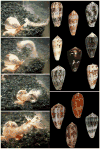
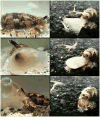
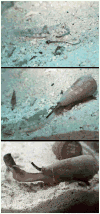

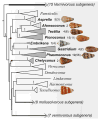
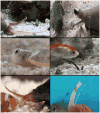
References
-
- Baldwin JM. A new factor in evolution. Am Nat. 1896;441–451:536–553.
-
- Conticello SG, Gilad Y, Avidan N, Ben-Asher E, Levy Z, Fainzilber M. Mechanisms for Evolving Hypervariability: The Case of Conopeptides. Molecular Biology and Evolution. 2001;18:120–131. - PubMed
Publication types
MeSH terms
Grants and funding
LinkOut - more resources
Full Text Sources
Other Literature Sources

